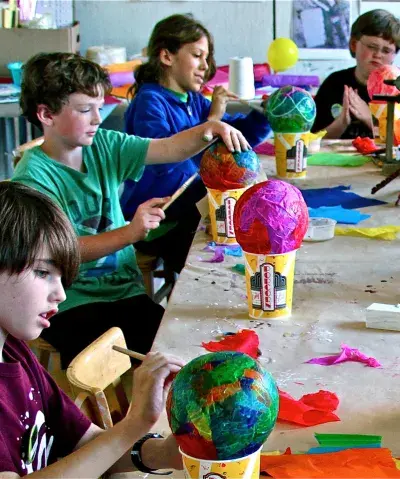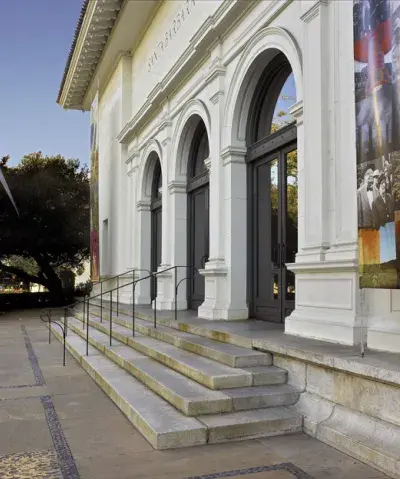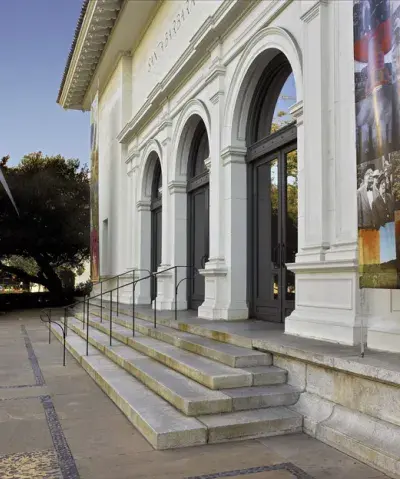Myth and Materiality: Latin American Art from the Permanent Collection, 1930-1990
Showcasing the Museum’s significant collection of 20th-century Latin American art, this exhibition examines the multifaceted art produced in Latin America during this dynamic 60-year period. The presentation features a diverse selection of more than 60 paintings, sculptures, works on paper, and photography from the permanent collection and selected private collections. Myth and materiality are concepts prevalent throughout the exhibition, providing platforms to consider works on both individual and universal levels—from the cosmic realm to the everyday world. Myths have long served as powerful forces in Latin American art, giving visual form to political and religious ideologies and deeply personal narratives. Materiality refers to that which constitutes the material of something or material existence, addressing the physical composition of the works considered as well as the past and present realities in which they exist.
Works combining elements of myth and materiality include Composition (1932) by pioneering abstract artist Joaquín Torres-García (Uruguayan, 1879-1949), known for his theory of Constructive Universalism, which is based on the idea that everyday symbols could be understood by all. His paintings feature a grid-like composition filled with pictographs drawn from ancient and modern cultures. Moreover, works presented in the exhibition are united by the experimental and innovative use of materials as seen in David Alfaro Siqueiros’s application of pyroxilin automotive lacquer, Alfredo Ramos Martinez’s paintings on newsprint, Carlos Cruz-Diez’s optical paintings striped with plastic slats, and Mathias Goeritz’s golden nails.

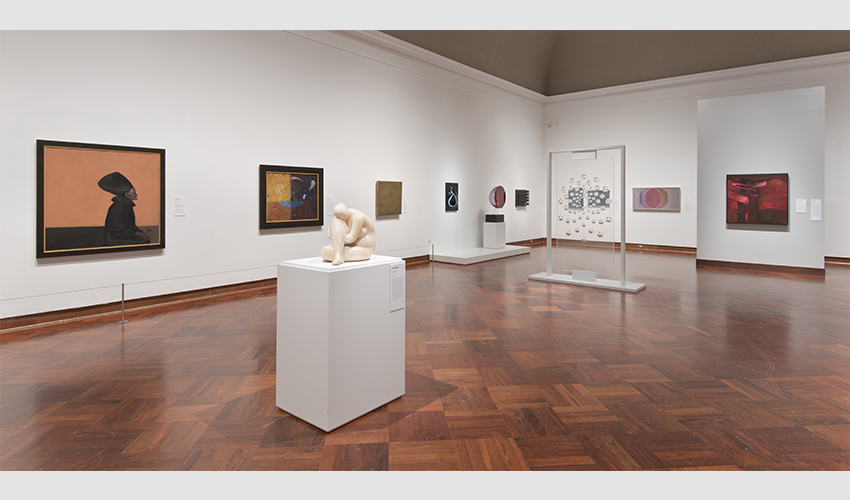
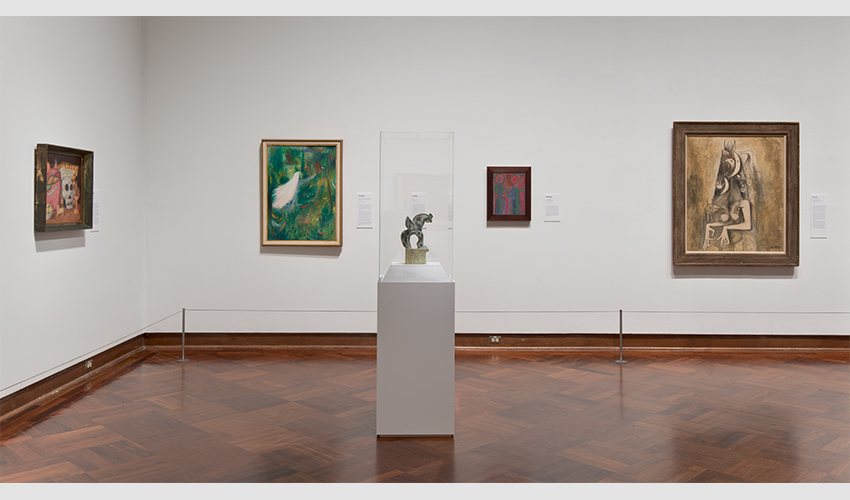
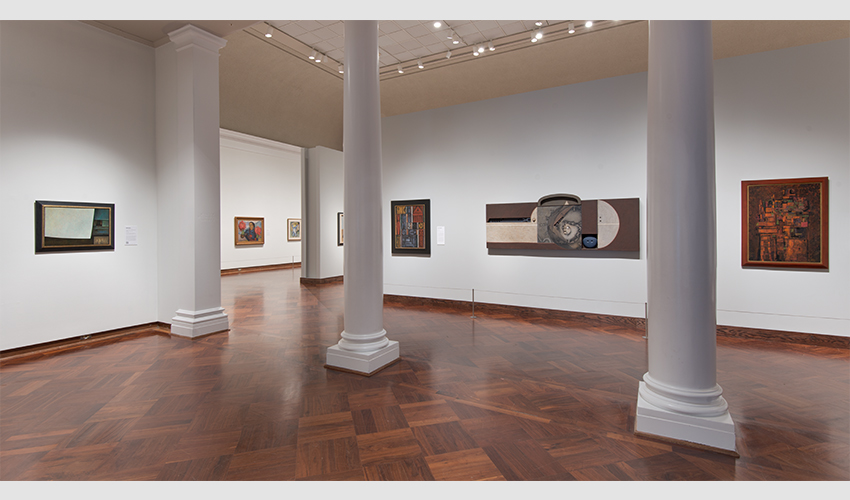




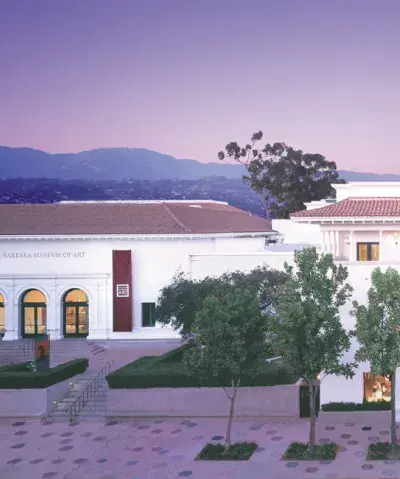
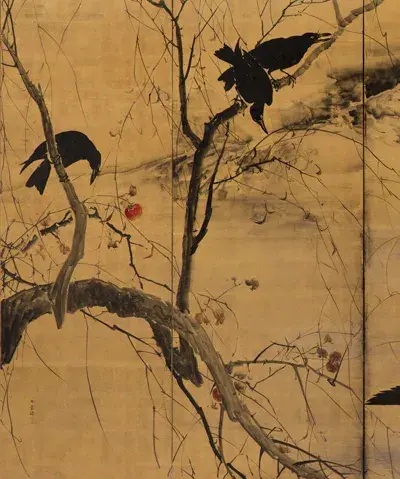

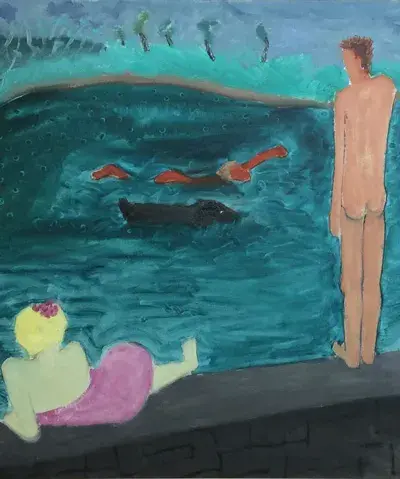
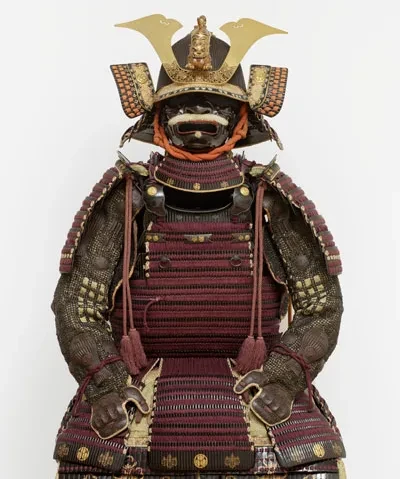


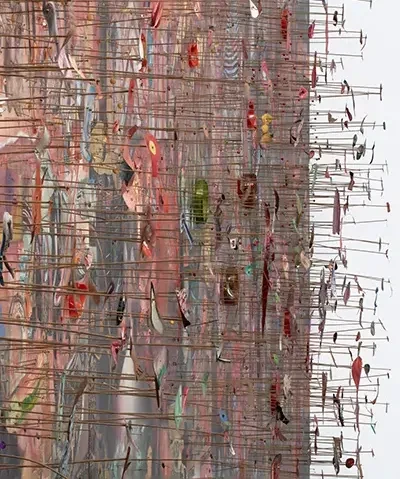
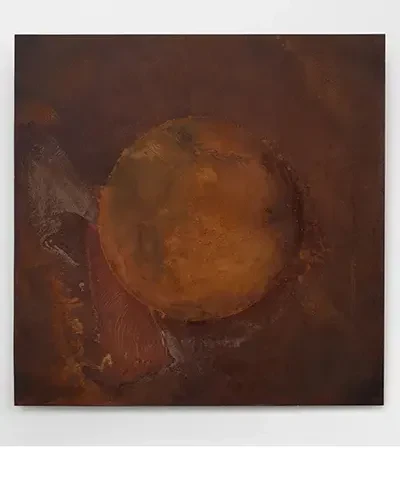
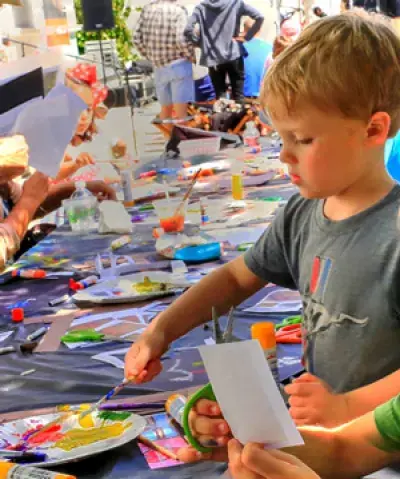

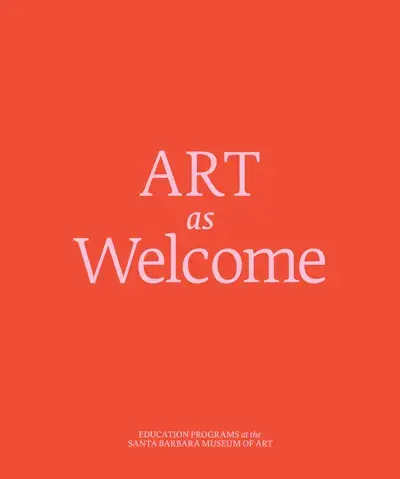
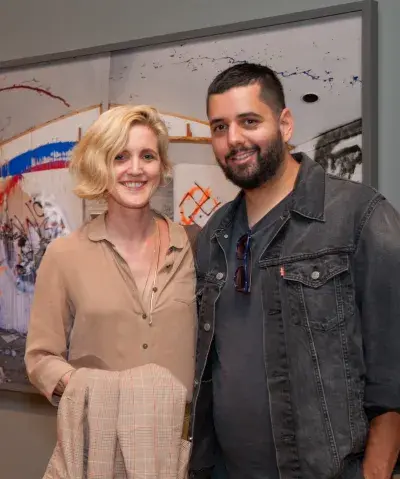
![memberseve[1]](https://www.sbma.net/sites/default/files/styles/menu_thumbnail_400_480/public/menu/memberseve%5B1%5D.jpg.webp?itok=hIz01lpc)
